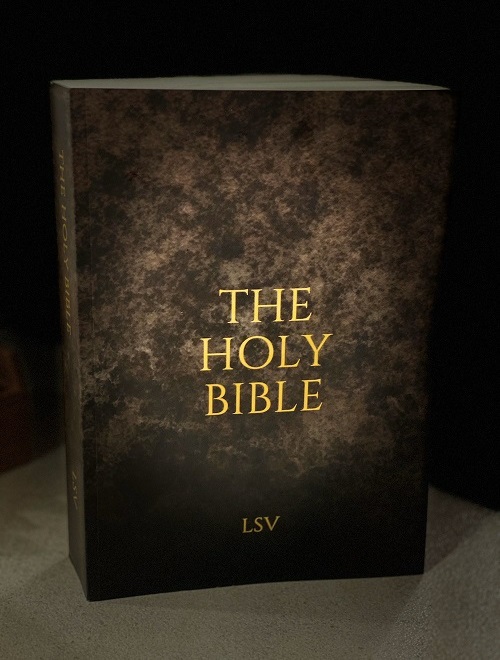
This is because it boasts incredible accuracy to the manuscripts from which it was translated and a rich, vibrant language. The King James Version has stood the test of time and proven itself by becoming the best-selling English Bible translation of all time.

Then you can come to the conclusion of which Bible version you should choose for your own personal use.

These deeper understandings will help you to be as educated as possible on what makes each Bible translation what it is. Now we’re going to dive into the specific differences between each translation. These types of Bibles can be very helpful to reference when trying to understand complex and intricate passages of the Bible.īelow is a chart showing the different major Bible translations and which category each fits into: Word-for-Word
#DIFFERENT BIBLE VERSIONS LITERAL LICENSE#
But, one must be even more cautious with these translations, because the translator is given the maximum level of poetic license in their work.

In that way, they are profoundly important as they have the ability to reach so many. These Bibles give the reader ultimate accessibility, being easy to understand for almost anyone. Paraphrased Bibles take the ideology of the meaning-to-meaning method to a new extreme. But one must be careful while reading a meaning-to-meaning Bible because when translated in this way, the personally held doctrine of the translator more easily seeps in. These versions of the Bible are quite popular because they flow a bit more naturally to the modern reader. Meaning-to-meaning translations focus on maintaining the overall thought or message behind the passage while achieving a higher level of readability. For that reason, our editors like to suggest word-for-word translations of the Bible as one’s primary Bible version. But, these Bible versions work to produce a translation that’s as close to that standard as possible. Keep in mind, the difference in the grammar between these ancient languages and our own is significant, so a 100 percent word-for-word translation is not entirely possible. When doing a word-for-word translation, the accuracy of the words is paramount.

Word-for-word translations most closely follow the Hebrew, Aramaic, and Greek manuscripts that Bible translators work off of. This will help you to see the broader ideologies that shape the different approaches to Bible translations. Different Bible Versions Explainedīefore diving into the specifics of each translation, we are going to look at the three broad categories that each translation fits into. We’re going to explore all of the different, major Bible translations out there so that you can have confidence in the Bible that you choose. Why? Because it’s important to be able to make an educated decision on which Bible we use along our spiritual journey. Let’s be honest: it can be downright overwhelming! You may ask yourself, what are all of these different translations, and are any of them better than the other?Įvery Christian needs the different Bible versions explained. When looking for a new Bible, you’ll find that there are many translations of God’s Word. Our editors created this list to save you time. To select the right Bible, Christians need to have the different Bible versions explained.


 0 kommentar(er)
0 kommentar(er)
